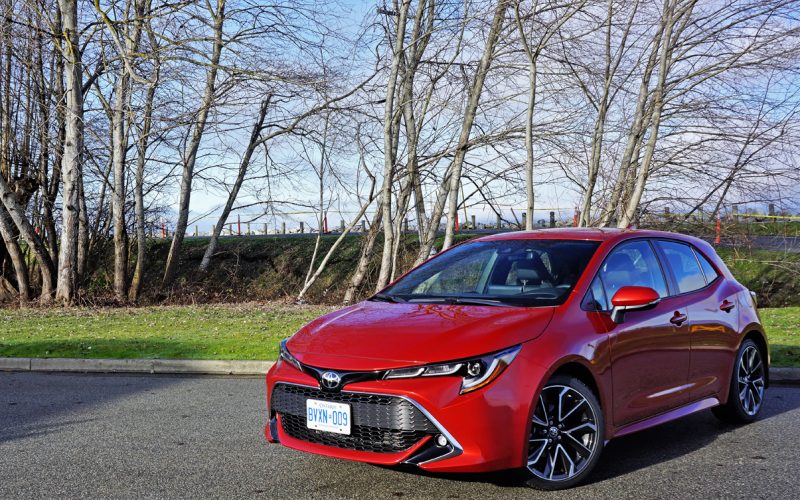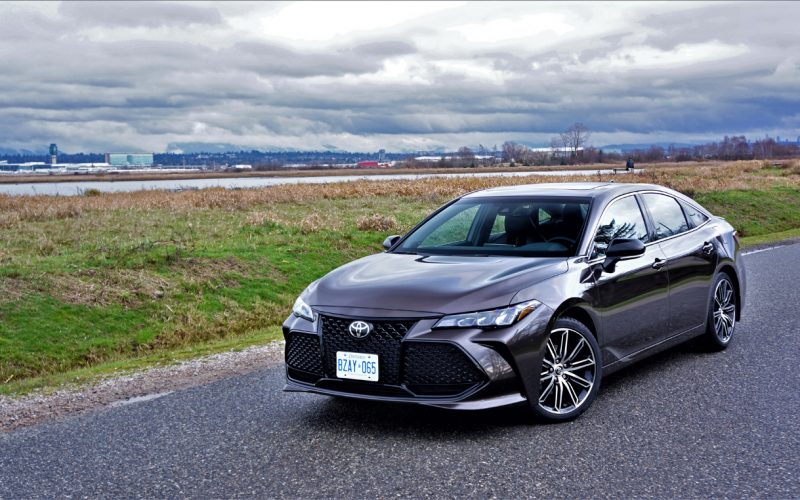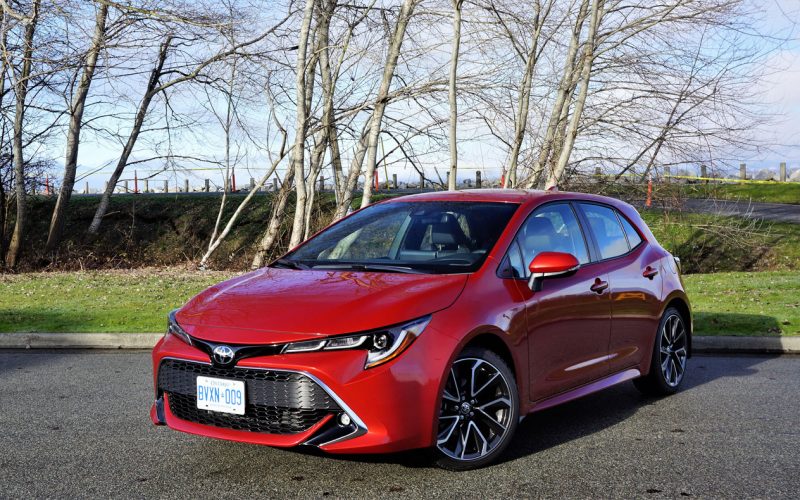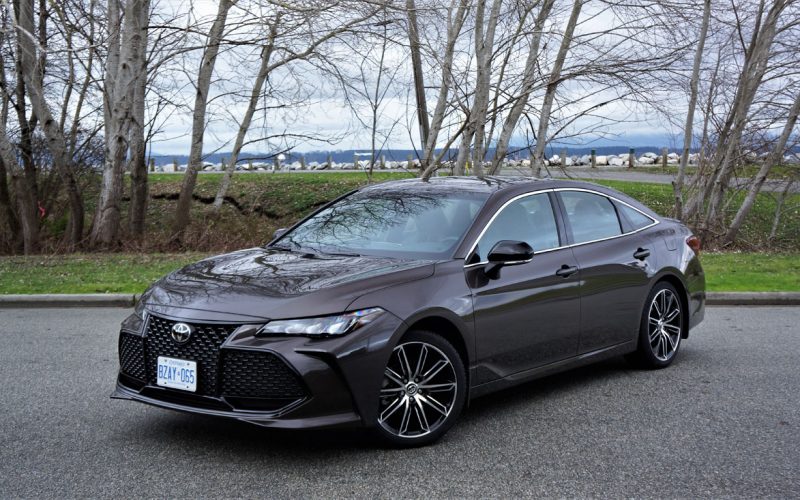
Reading Time: 12 minutesToyota may have said sayonara to its Scion line a few years ago, but the youth-oriented

Reading Time: 11 minutesBeauty is truly in the eye of the beholder, and to many a luxury car buyer

Reading Time: 6 minutesToyota will give its ever-popular Corolla compact sedan a fresh new face for 2020, but thanks

Reading Time: 9 minutesLovers of big full-size four-door cars aught to be giving Toyota a collective slap on the
© 2025 The Car Magazine. All Rights Reserved, Privacy Policy | Terms of Use